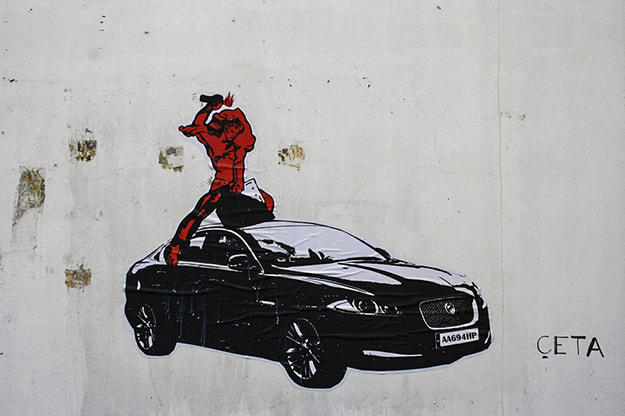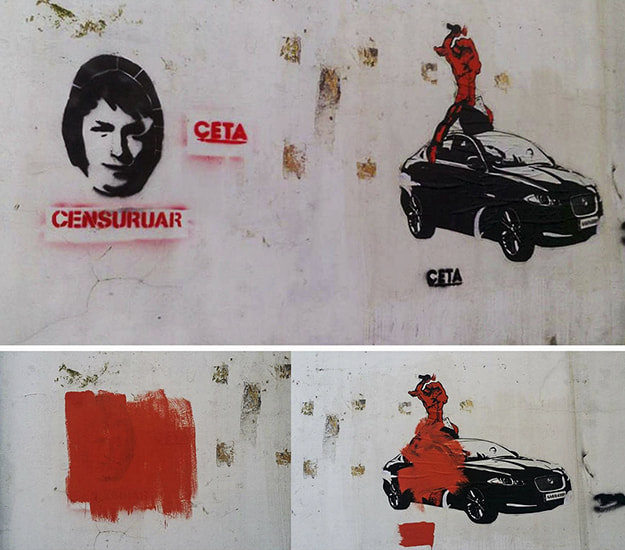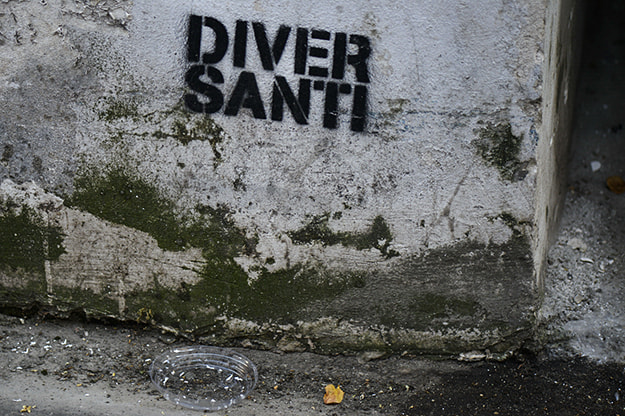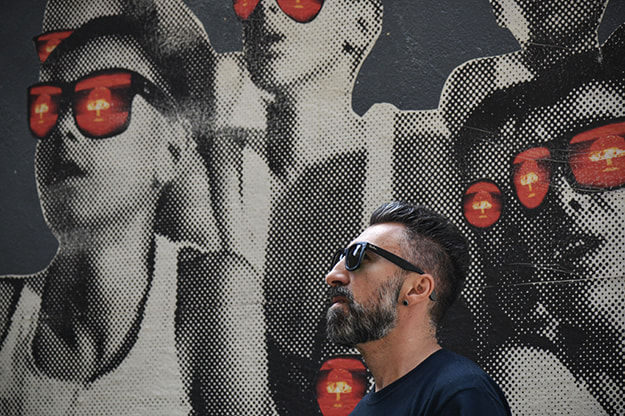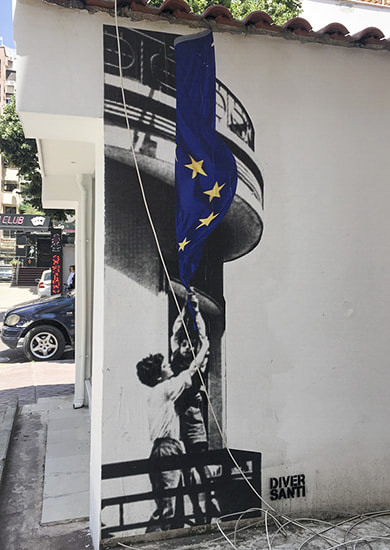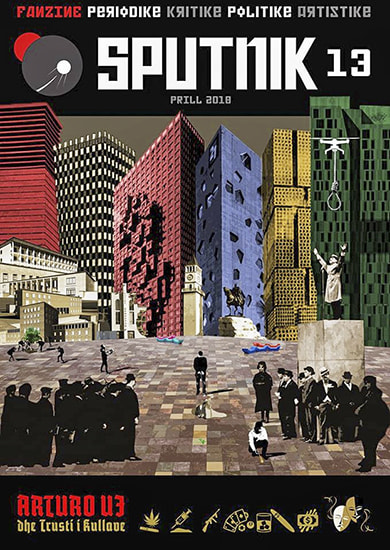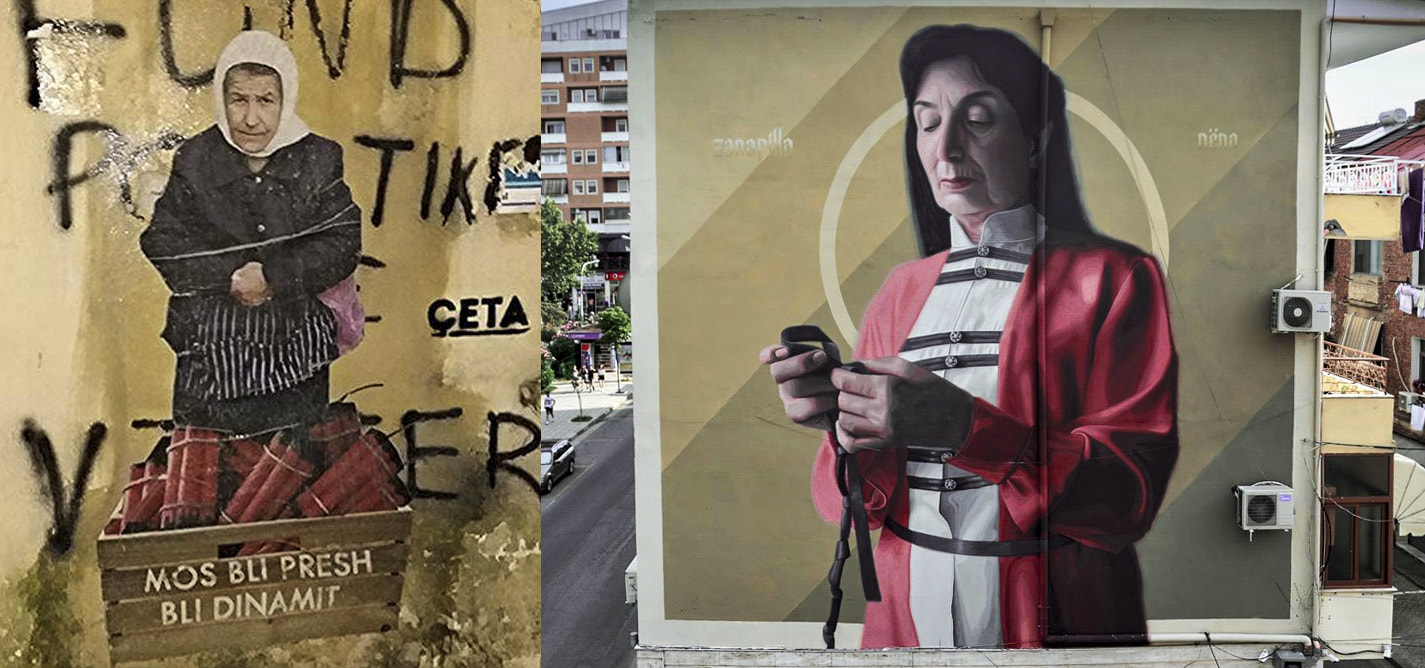
Battle for the Tirana streets
Street art operating inside and outside the system cover the city’s walls
|29.06.2018
|
Let's show problems through the walls, let’s even criticize through them.

Artan Rama
Artan Rama is a freelance journalist based in Tirana who has produced several television programs. In 2016, he won second prize in the EU Investigative Journalism Awards. Recently, he has been reporting stories about environmental crime, exploitation of natural resources, and sustainable development.
This story was originally written in English.
